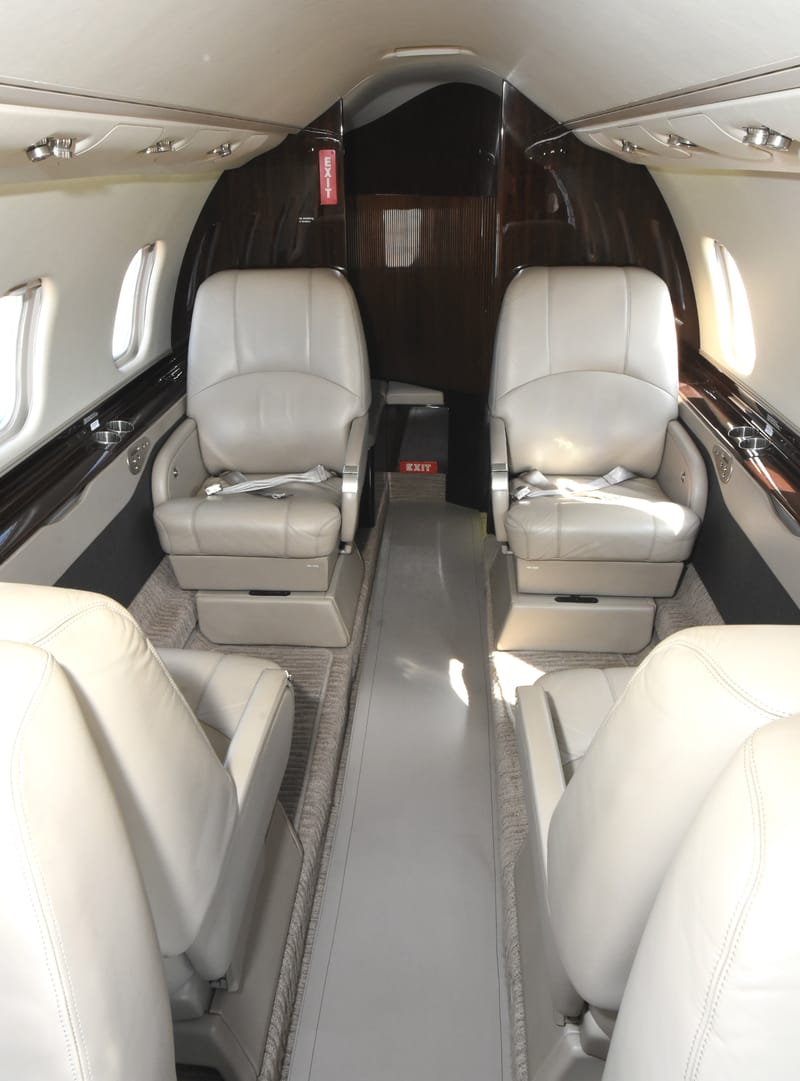
annettasummy9
About annettasummy9
The Evolution and Impact of Private Jets In Fashionable Aviation
The world of aviation has undergone vital transformations since the Wright brothers first took to the skies in 1903. Among probably the most notable advancements on this discipline is the emergence of private jets, a logo of luxurious, efficiency, and exclusivity. This text delves into the evolution of private jets, their impact on modern travel, and the way forward for this elite mode of transportation.

The Genesis of Private Aviation
The concept of private aviation might be traced back to the 1920s when wealthy people began to buy their very own aircraft. The first private jets have been often converted navy planes or modified business aircraft. Nonetheless, it wasn’t until the introduction of the Learjet within the 1960s that private aviation actually started to take off. The Learjet 23, designed by Bill Lear, was the primary successful business jet and set the standard for future models. Its pace, vary, and means to land on shorter runways made it a lovely choice for business executives and affluent individuals.
The Rise of the Business Jet
All through the 1970s and 1980s, the marketplace for private jets expanded rapidly. Manufacturers like Cessna, Gulfstream, and Bombardier began producing quite a lot of models designed specifically for enterprise journey. If you are you looking for more about privatejetcardreview stop by our site. The introduction of the Cessna Quotation and Gulfstream II additional solidified the business jet’s place in corporate journey. These aircraft offered not only speed and convenience but in addition the power to conduct conferences in-flight, thus maximizing productiveness for busy executives.
The worldwide economic landscape additionally played a crucial function in the growth of private aviation. As globalization took hold, firms expanded their operations internationally, resulting in elevated demand for efficient travel solutions. Private jets grew to become a vital software for businesses seeking to take care of a competitive edge in a quick-paced surroundings.
The Luxurious Expertise
As we speak, private jets are synonymous with luxurious. They provide a degree of comfort and personalization that business airways cannot match. Passengers can customize their in-flight expertise, from gourmet catering to bespoke leisure systems. The interiors of modern private jets often resemble high-end apartments, complete with plush seating, private bedrooms, and even showers.
Furthermore, the privacy afforded by private jets is a major draw for celebrities, politicians, and enterprise leaders. The power to travel with out the prying eyes of the general public and media permits these individuals to keep up a degree of discretion that is commonly impossible in industrial journey. This exclusivity has cemented the private jet as a standing symbol, reflecting each wealth and success.
Economic Impact and Accessibility
Whereas private jets could seem like a luxurious reserved for the elite, the business has broader financial implications. The private aviation sector contributes significantly to the worldwide economy, producing billions in revenue and supporting hundreds of thousands of jobs. From manufacturing and maintenance to operations and service, the private jet industry creates a ripple effect that benefits various sectors.
In recent times, there was a rising trend in direction of fractional possession and jet card programs, making private aviation more accessible to a wider audience. Companies like NetJets and Flexjet allow individuals to buy shares in a jet, granting them entry with out the full monetary burden of possession. This mannequin has opened the door for extra individuals to experience the advantages of private travel, albeit in a restricted capability.
Environmental Concerns
Regardless of the allure of private jets, the environmental affect of aviation cannot be neglected. Private jets are sometimes criticized for their carbon footprint, as they consume more fuel per passenger in comparison with business airliners. As awareness of climate change grows, the aviation industry is below increasing stress to undertake extra sustainable practices.
In response, manufacturers and operators are exploring innovative solutions to scale back emissions. The development of sustainable aviation fuels (SAFs) is one avenue being pursued, as these fuels can considerably lower the carbon footprint of flights. Additionally, developments in electric and hybrid aircraft know-how hold promise for the future of private aviation, potentially remodeling the trade into a more environmentally friendly sector.
The way forward for Private Jets
The way forward for private jets is poised for additional evolution as expertise continues to advance. The integration of artificial intelligence and automation is predicted to enhance security and efficiency in flight operations. Moreover, the rise of city air mobility, together with electric vertical takeoff and touchdown (eVTOL) aircraft, may revolutionize how people travel inside cities, additional expanding the definition of private aviation.
Because the world becomes more and more interconnected, the demand for private jets is likely to persist. However, the industry must navigate the challenges of sustainability and public notion. By embracing innovation and prioritizing environmental accountability, the private aviation sector can continue to thrive in a quickly altering panorama.
Conclusion
Private jets have come a long way since their inception, evolving from transformed military aircraft to luxurious flying palaces. Their impact on trendy travel can’t be overstated, providing convenience, efficiency, and exclusivity to those who can afford it. As the industry faces challenges associated to sustainability and accessibility, the future of private jets will rely upon its means to adapt and innovate. With a commitment to environmental accountability and a focus on technological developments, private aviation can proceed to soar to new heights within the years to come.

No listing found.
